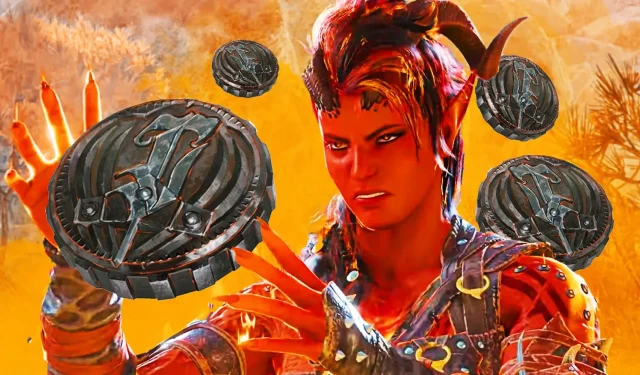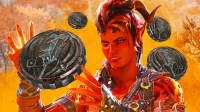Baldur’s Gate 3 immerses players in a rich narrative world filled with comprehensive items and intricately crafted non-playable characters (NPCs), many of whom possess extensive backstories that players may not fully discover. Notably, various details, such as Doni’s heartfelt letter to his father and Lenore’s correspondence with Yrre the Sparkstruck, deepen the characterization of minor players in the overarching story. Additionally, accounts about the Descent offer insights into Faerûn’s lore that aren’t thoroughly examined in the game itself. However, one persistent mystery has continued to puzzle players since launch: the markings on the Soul Coins.
In the lore of Baldur’s Gate 3, Soul Coins serve as the currency of devils, each encapsulating a mortal soul and functioning as consumables that enhance Karlach’s combat abilities. Mechanically straightforward, their appearance, however, raises pertinent questions regarding their origins. The descriptions found in other Forgotten Realms materials do not entirely align with the game’s representation of these coins. This discrepancy may well be intentional, adding a layer of intrigue to the infernal currency that aligns with established lore.
A Closer Look at BG3’s Soul Coins
The Trade of Souls: A Faustian Bargain
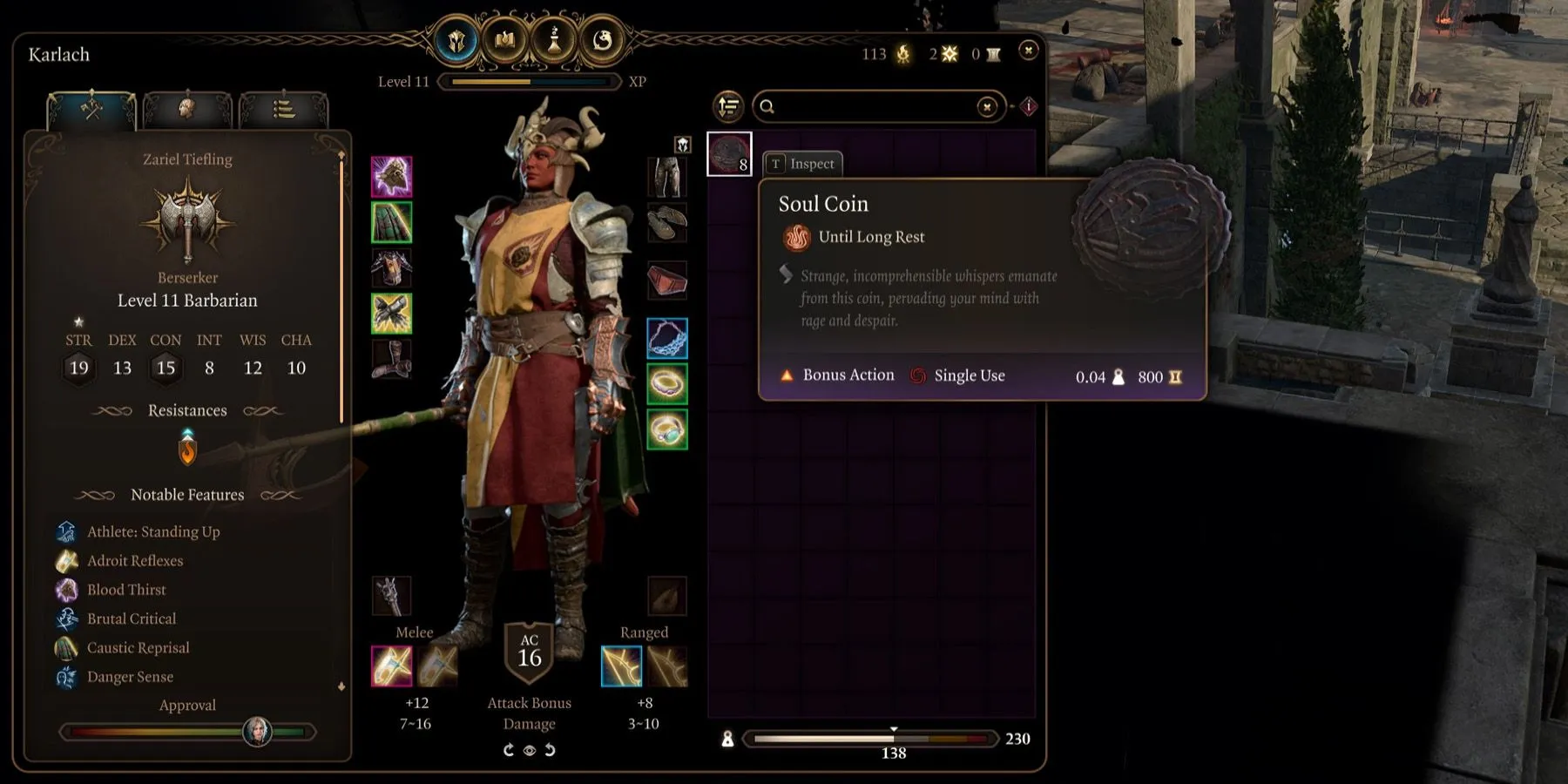
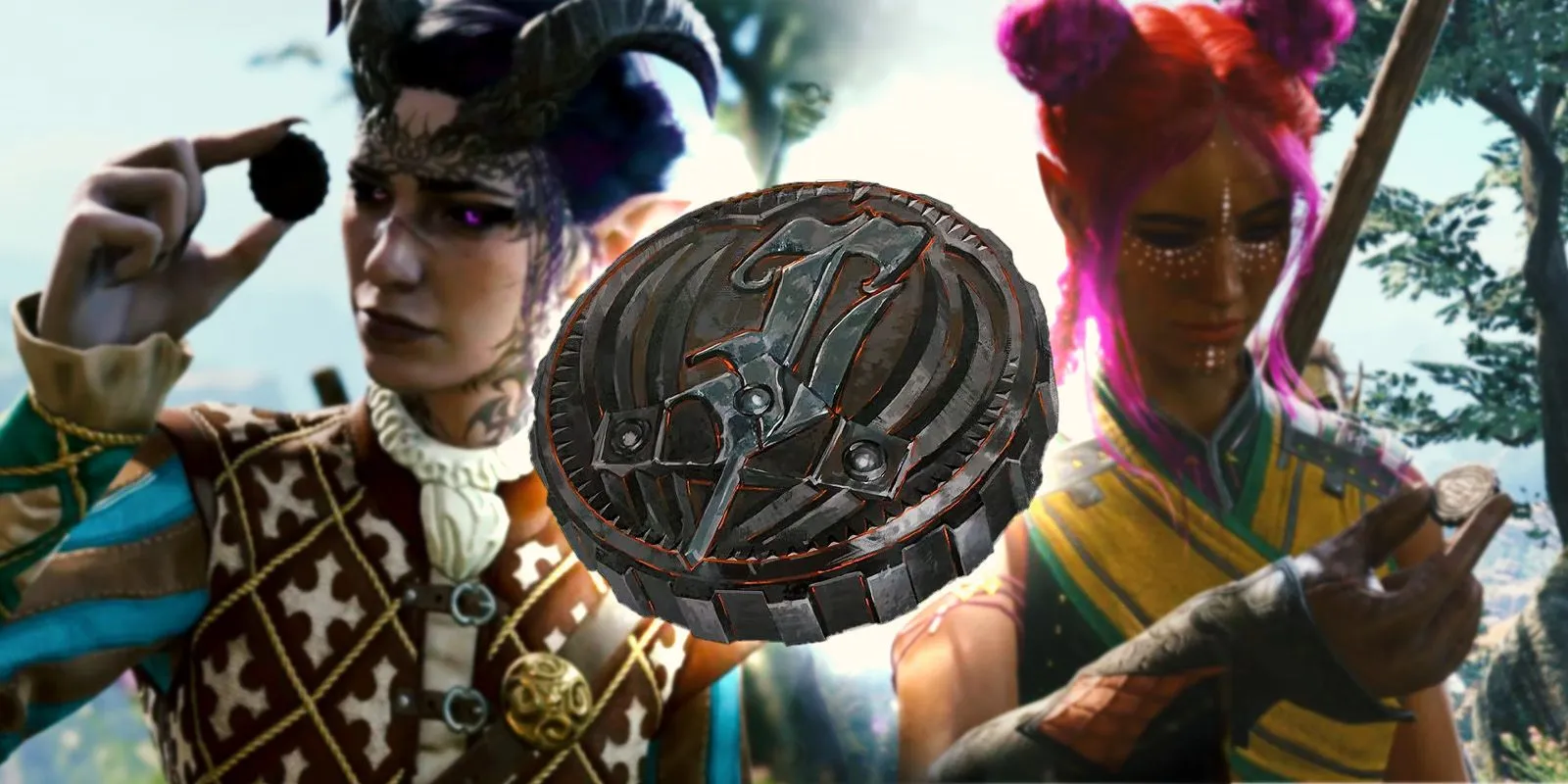
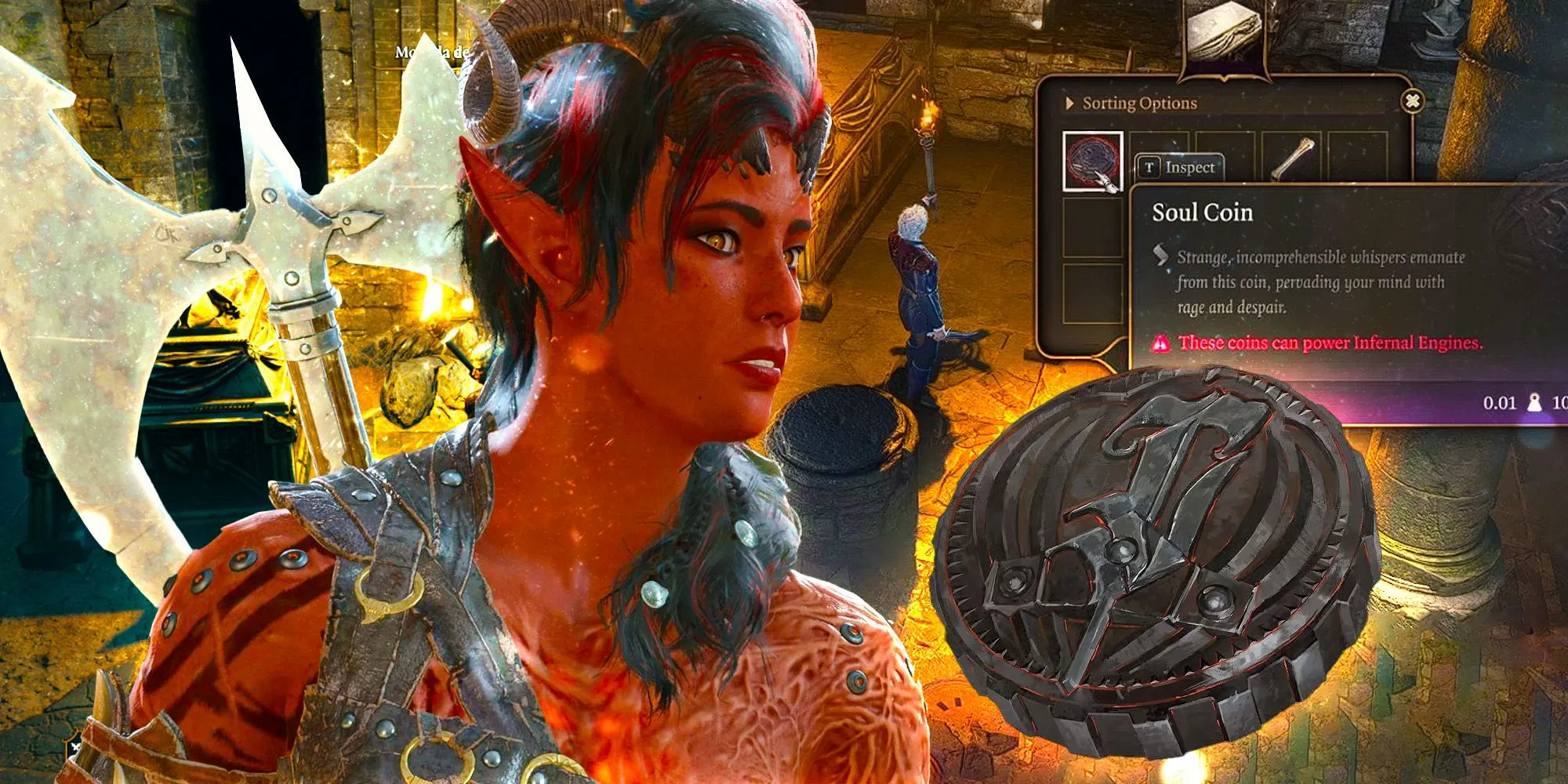
In the context of the Forgotten Realms, Soul Coins are minted from infernal iron and contain the souls of mortals who have willingly exchanged their essence for power or assistance from a devil. A significant aspect of these coins is their design: one side features a terrifying depiction of the soul bound within, while the other is inscribed with infernal script. This inscription operates as a seal for the soul or may denote a specific devil.
The Soul Coin’s artwork in Baldur’s Gate 3 only reveals one side—an enigmatic symbol reminiscent of a flower. Impressively, this symbol is the Infernal representation of “Z,”implying that we are viewing the script side of the coin. Consequently, the unseen side likely portrays the unfortunate soul, hinting at a connection to Zariel, the formidable devil and archduke of Avernus.
The Ties Between Zariel and Soul Coins
The Unseen Influence of BG3’s Key Devil
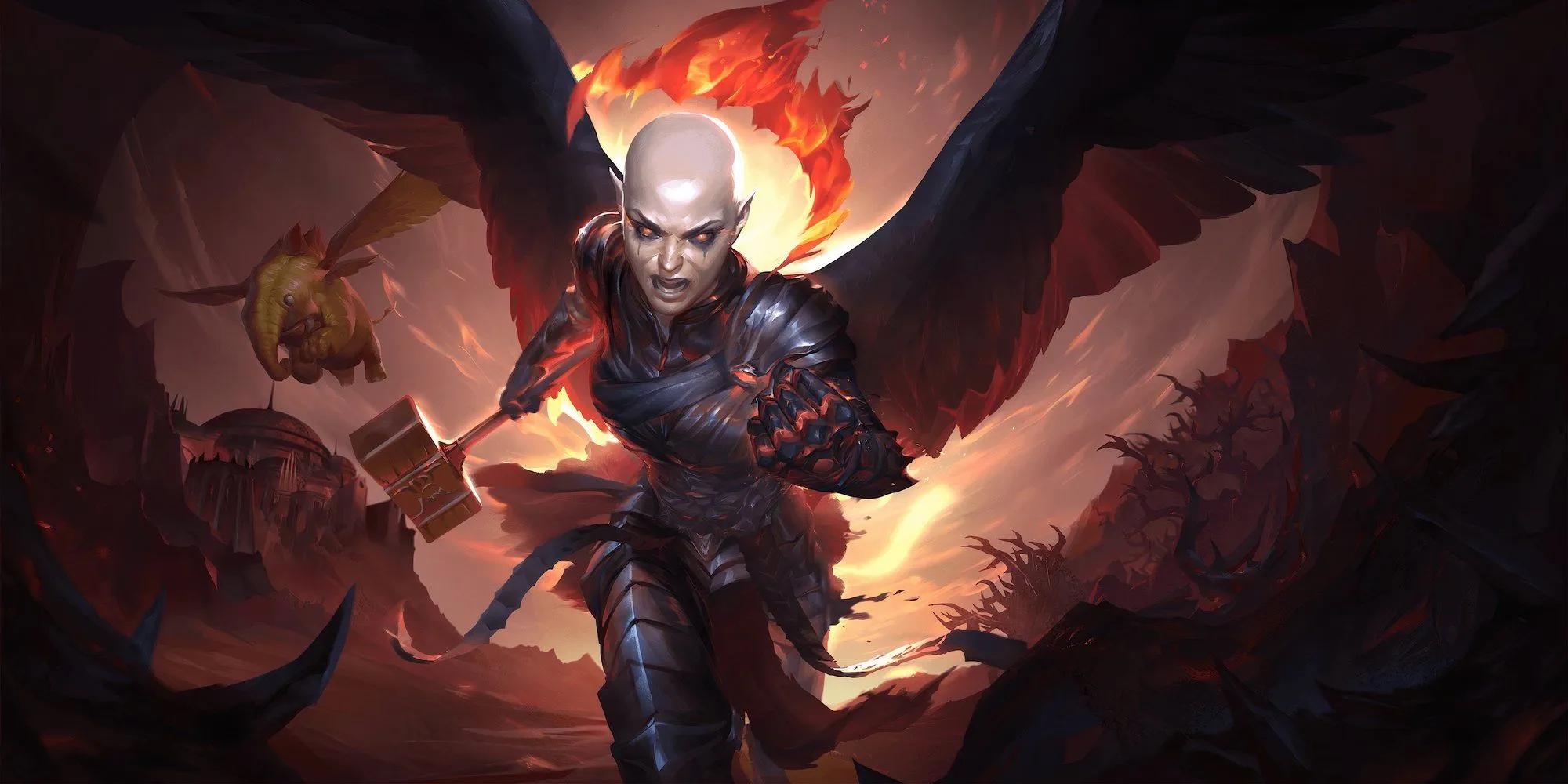
Zariel looms large in the narrative of Baldur’s Gate 3, linked intricately to the arcs of characters like Karlach, Wyll, and Gortash. It stands to reason that the archduke would have ownership over the Soul Coins, especially given her incessant quest for new souls to bolster her army in the ongoing Blood War.
While lesser devils such as Mizora and Florenta the Garroter typically interact with mortals, it is feasible that Zariel’s mark would appear on all Soul Coins, considering their proximity to her schemes.
In a poignant moment within Moonrise Towers, when players engage with the vendor Lann Tarv alongside Karlach, he reveals that three Soul Coins may incorporate a deal with Tiamat, diverging from Zariel’s influence. Yet, visually, these coins are indistinguishable from others, leading to the expectation that they should feature an Infernal T; however, they do not.
A practical explanation for this observation may be that the developers chose to utilize a single model based on Zariel’s imagery, attributing her narrative significance to all coins. Nonetheless, there exists a lore-friendly interpretation that can clarify the prevalence of the Z mark, regardless of Gerziel’s direct involvement.
Possible Explanations Behind Zariel’s Infernal Mechanics
Shifts in the Manufacturing of Infernal Goods
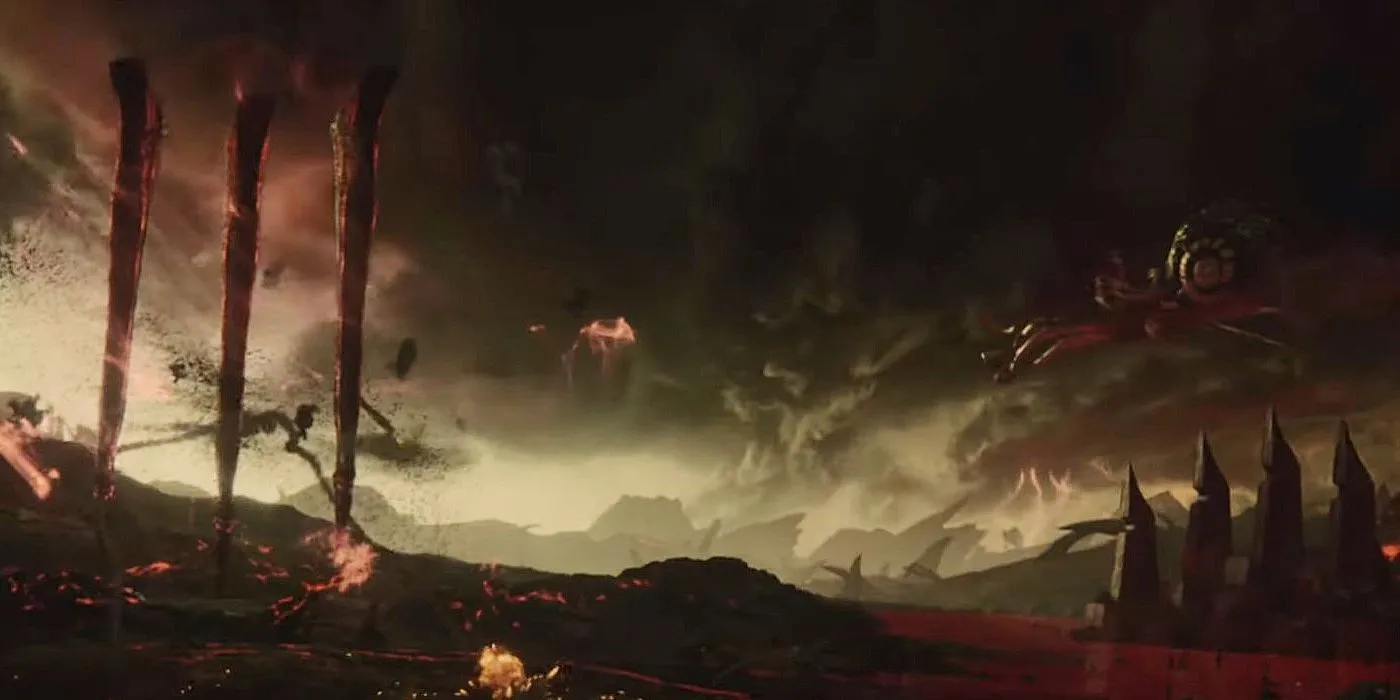
According to the lore presented in the D&D module Descent Into Avernus, it is disclosed that Soul Coins were initially minted by Mammon, the archduke of Minauros. Notably, players encounter another type of Infernal coin at Helsik’s shop, termed the Coin of Mammon, which is distinctly different from the Soul Coins and bears Mammon’s mark. It raises the question: could the infernal script on these coins denote the layer of Hell where they were produced, rather than the devil responsible for their creation or for the associated soul?
Each layer of the Nine Hells operates as its own realm, ruled by its respective archduke. Avernus, under Zariel’s dominion, is also the battleground for the Blood War, which results in the accelerated production of war machines seen through Karlach’s infernal engine and Gortash’s dire creations. This leads to the hypothesis that Zariel may have initiated her own minting operations for Soul Coins, thereby producing coins that carry her insignia, distinguishing them from Mammon’s creations.
This notion hints at a potential conflict brewing in the infernal hierarchy. Numerous instances throughout Baldur’s Gate 3 reveal devils embroiled in rivalry, including Mammon enabling the Chosen of the Dead Three to plunder Mephistopheles’ vaults. Should Raphael claim the Crown of Karsus by the game’s conclusion, aspirations to unseat the archdukes would follow. This minor detail concerning the Soul Coins could either signify a design oversight or subtly foreshadow momentous shifts within the Infernal realms.
